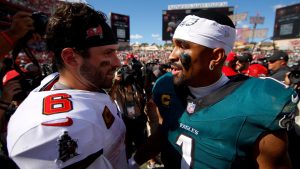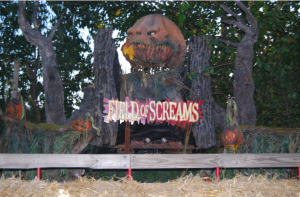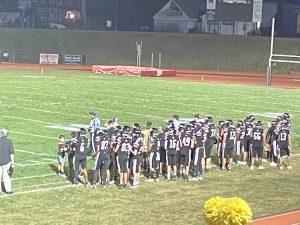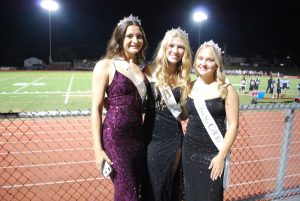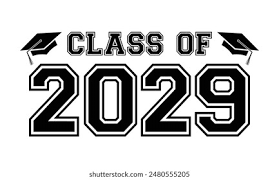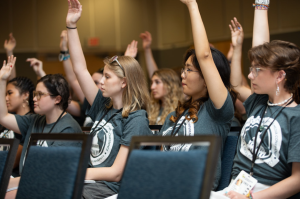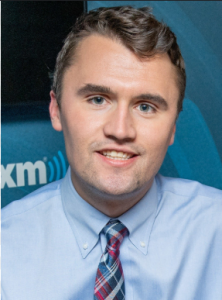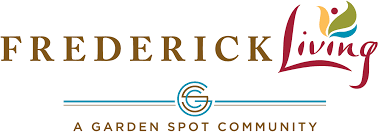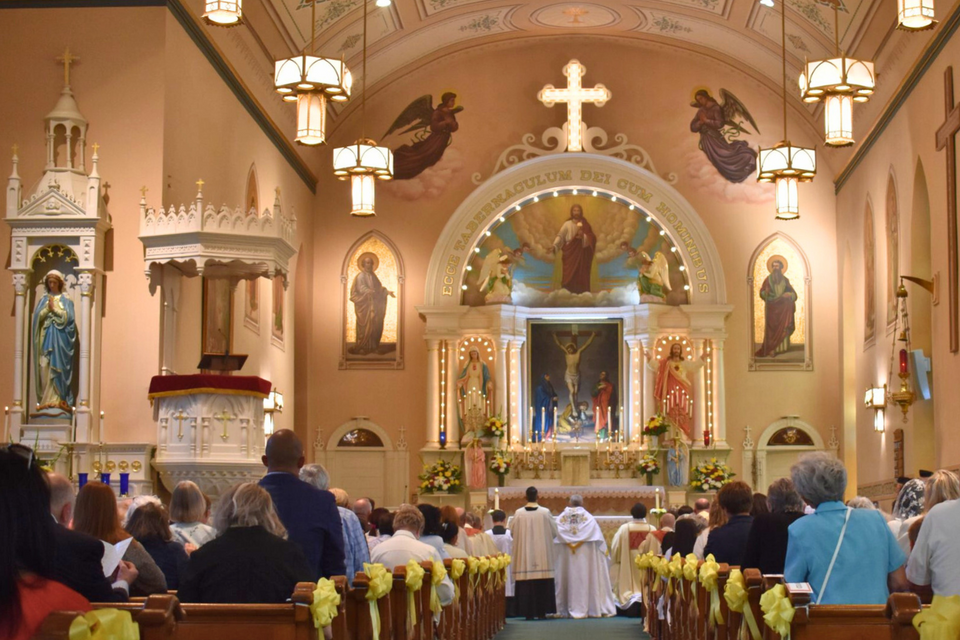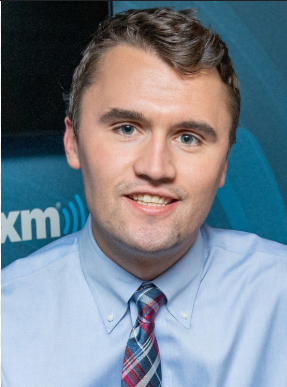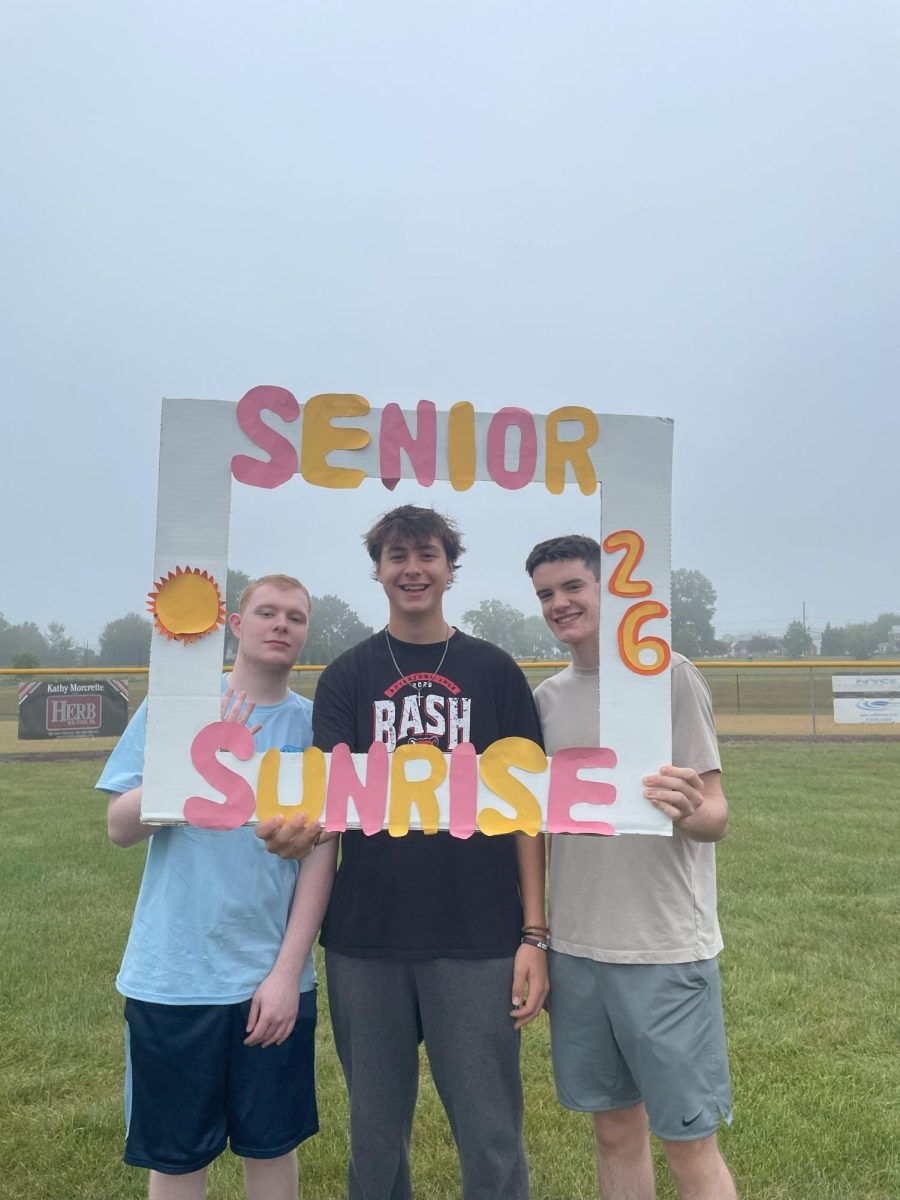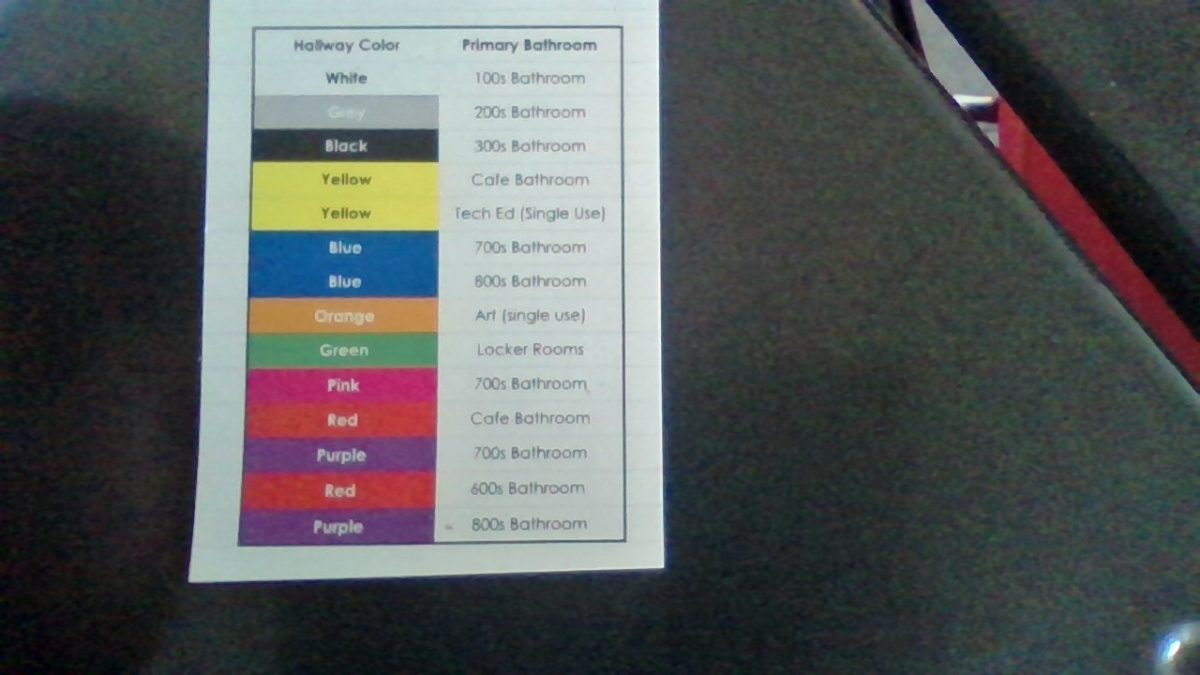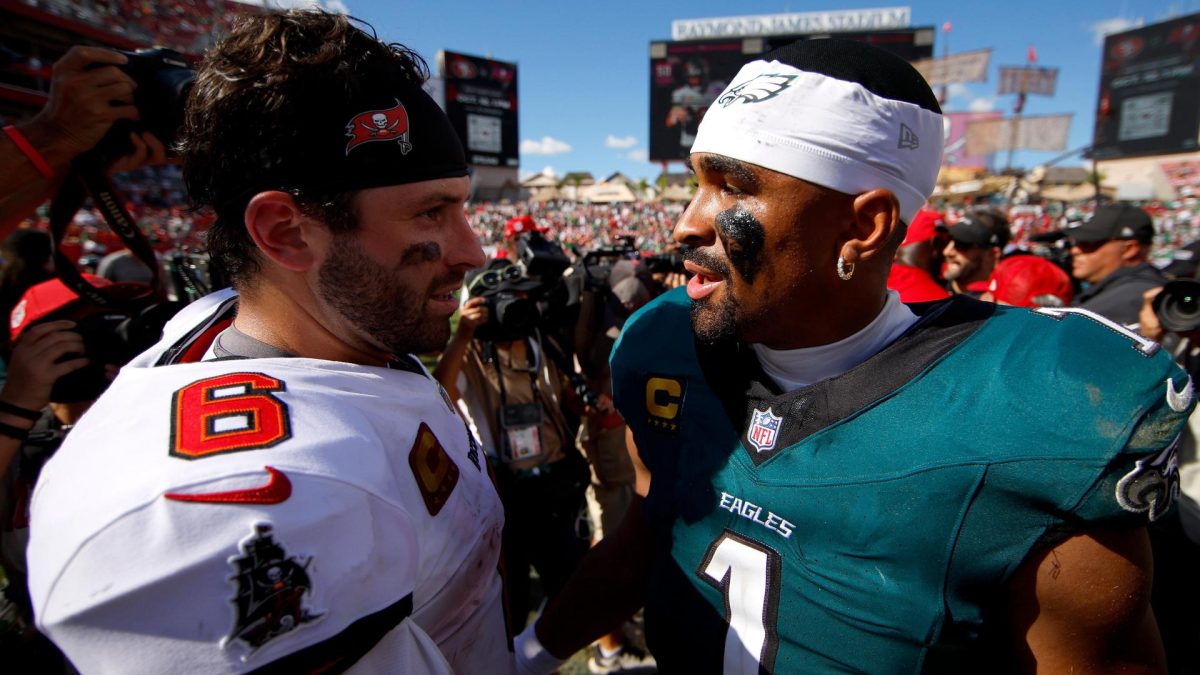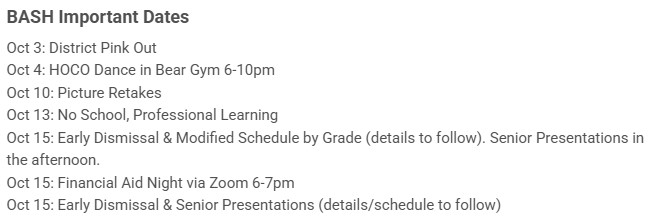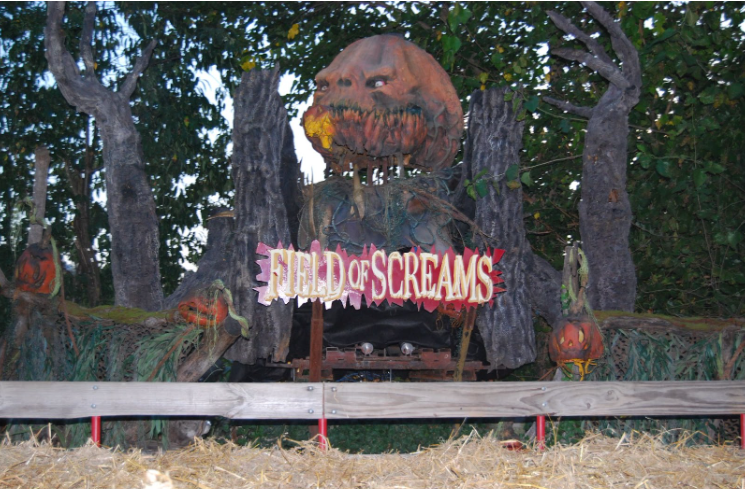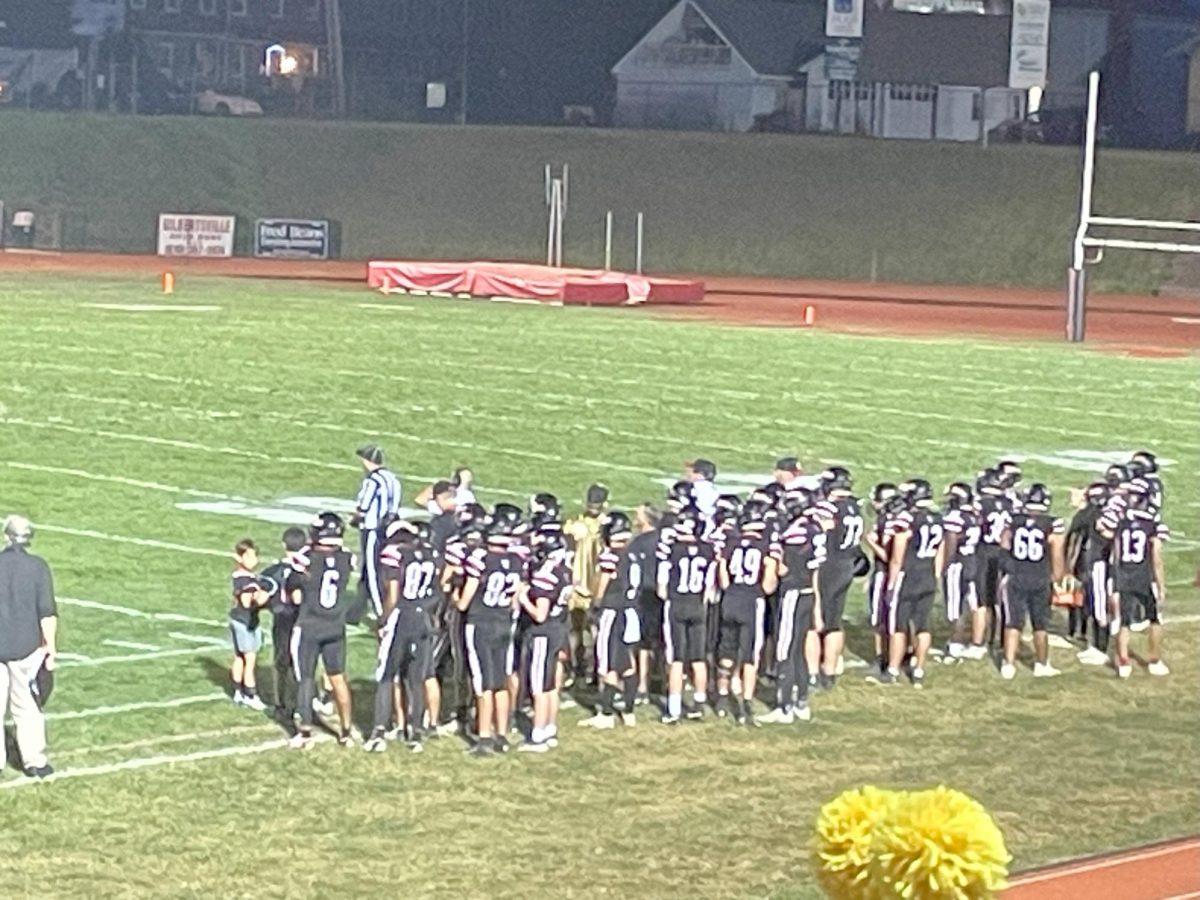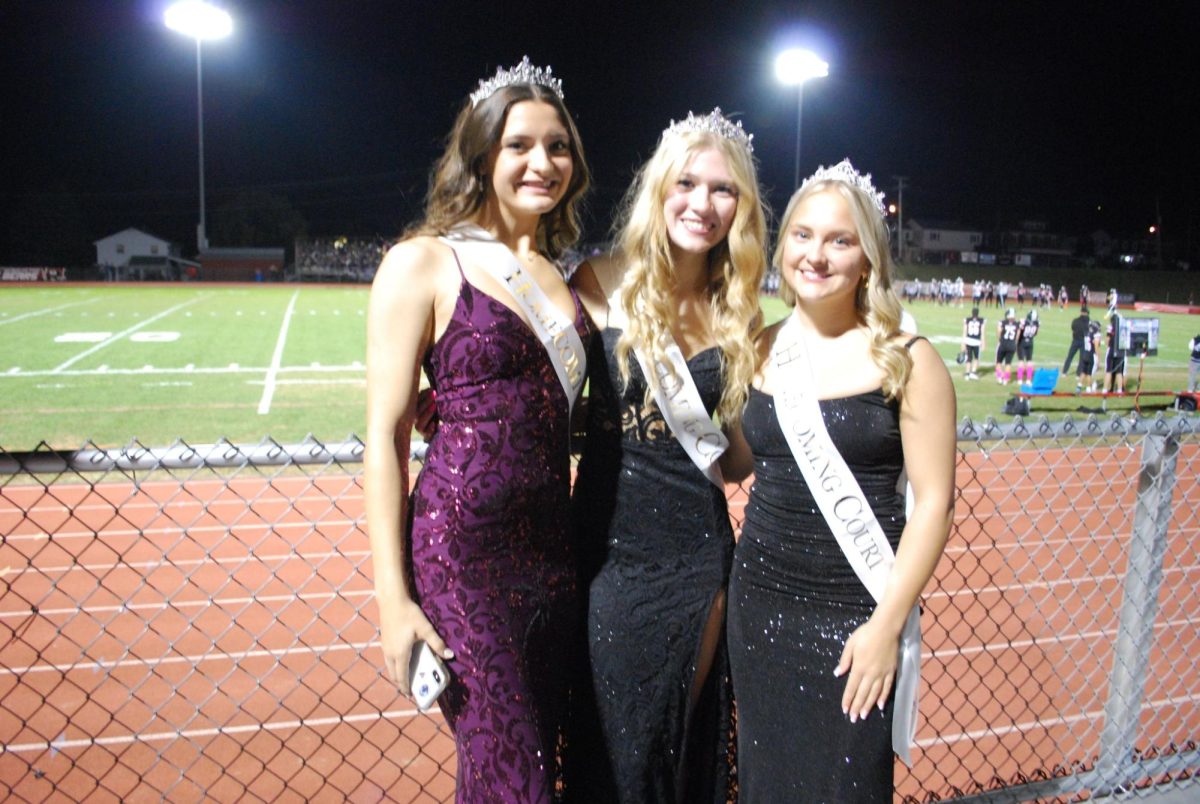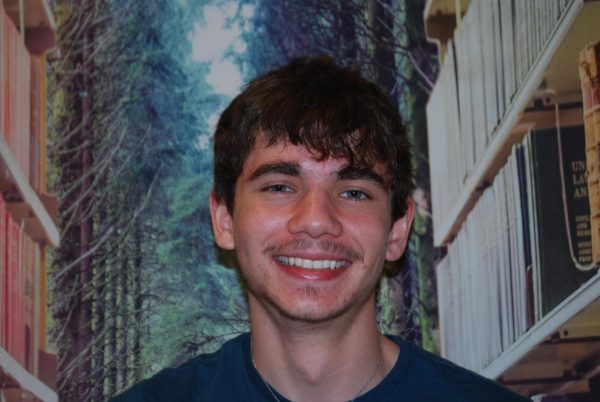Pope Francis and His Impact:
On April 21st 2025, Easter Monday, at 7:35 local time, the 266th Pope, Pope Francis, passed away due to a long series of health struggles and ultimately a stroke, passed away at age 88.
The late Pope Francis’ funeral was held on April 26th in Vatican City and was attended by upwards of 250,000 people and 150 foreign leaders.
Pope Francis was born to the name Jorge Mario Bergoglio in 1936 in Argentina. In 1969, he was ordained as a priest, and in 1992 a bishop. He was elevated to the rank of cardinal by Pope John Paul II in 2001. Following the resignation of his predecessor Pope Benedict XVI, Bergoglio was elected as the succeeding Pope in 2013, taking the papal name of Francis.
Francis’ accomplishments started immediately upon his pontificate. He was the first Pope to be born in the Americas, and the Southern Hemisphere in general. He was the first non-European Pope since the Syrian born Gregory III in 741. He was the first Pope hailing from the Society of Jesus, commonly known as the Jesuits, which has been a common point of controversy throughout his term.
Pope Francis was notable for several things throughout his papacy, some widely praised and others widely criticized. He advocated for the Church’s role in advancing social justice, and promoting causes like environmental preservation and human rights and liberties, especially of religion. In several cases, he has went beyond the tradition of the Church and extended blessings to same-sex individuals, a policy which caused a great deal of internal discourse and controversy.
Stemming from his Jesuit background, Pope Francis emphasized above all humility, kindness, and service to the common people and the poor.
Pope Francis’ impact was not only felt by the wider world, but by our own local Boyertown community as well.
The wider Boyertown area, which is under the authority of the wider Diocese of Allentown, is home to around 893 people of the Catholic faith. The local Catholic parish, St Columbkill Family of Faith, was established on June 9th 1921 and, despite early local bias against Catholics, has continued to faithfully serve the Boyertown Catholic community for over 100 years.
What’s Next?
The process of electing a new Pope dates back to the very early days of the Church, but has been standardized and has remained more or less the same since 1059.
New Popes are elected by cardinals. Cardinals are senior bishops who have been specially recognized by the current Pope. Throughout his 12 year term, Pope Francis created 163 new cardinals spanning over 80 countries. In order to be eligible to vote, cardinals must be under 80. Of the 252 cardinals, only 133 will meet this criteria and be able to vote in the conclave on May 7th.
Cardinals will meet in the Sistine Chapel in the Vatican City and spend several days voting for the next Pope. Cardinal electors write the name of their desired papal candidate and place it in a ballot. Voting continues until a two thirds majority is met. Ballots are burned at the end of voting, if the smoke coming from the chimney burns black, it means a new Pope has not been elected and voting will continue. If the smoke burns white, it means a new Pope has been elected. This smoke acts as really the only way for the public to know the progress of the election, as cardinals are sworn to secrecy about the events of the election.
There is no set time for how long conclaves last as it is ends once a consensus has been made. In recent years, conclaves have been quite short, with Pope Francis being elected after only 2 days. The longest papal conclave took place in the late 1200s and lasted almost 3 years.
While technically the only eligibility to be the Pope is that of a baptized Catholic male, cardinals typically elect one of their own and the last time a non-cardinal was elected Pope was in 1378.
Who Could Be the Next Pope?
Speculation among both scholars and cardinals themselves as to who the next Pope could be started almost immediately after the death of Pope Francis. Cardinals in consideration for Pope are colloquially referred to as “Papabile.” Below are a few cardinals considered potential future Popes.
Pierbattista Pizzaballa is a 60 year old Italian cardinal who serves as the Latin Patriarch of Jerusalem. He was made cardinal by Pope Francis in 2023. As part of his policy, he has advocated for peace in the ongoing Israel-Palestine conflict, and for general promotion of peace and collaboration between Jews, Muslims, and Christians.
Robert Sarah is a 79 year old Guinean cardinal who served as the archbishop of Guinea and now serves as the head of the Basilica of St. John Bosco in Rome. He was made a cardinal in 2010 by Pope Benedict XVI and participated in the 2013 papal conclave that elected Pope Francis. Sarah is a vocal traditionalist, taking anti-LGBTQ+ and anti-abortion stances, as well as condemning the Islamic violence and fundamentalism in his home country. If elected, Sarah would make history as the first black Pope.
Luis Antonio Gokim Tagle is a 67 year old Filipino cardinal who served as the archbishop of the Philippines and currently serves as the head of the Dicastery for Evangelization. He was made a cardinal in 2012 by Pope Benedict XVI and also partook in the 2013 election of Pope Francis, whom he was a close friend with. Like the late Pope Francis, Tagle represents the more progressive side of the Catholic Church and advocates for things like LGBTQ+ inclusion in the Church and refugee and immigrant rights. If elected, Tagle would be the first Asian Pope.
Whoever is elected, it is clear that Pope Francis will be dearly missed and his impact will be felt not only by our local community, but by the Church and the world as a whole. May his kind messages continue to guide everyone for years to come.
